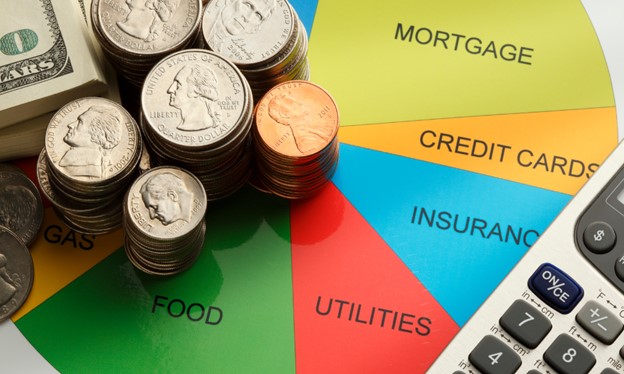Legal Documents You Need When Buying a House
 Buying a house can be an exciting but complex process that involves many legal requirements.
Buying a house can be an exciting but complex process that involves many legal requirements.
You will need to provide several documents to your lender and the seller. The specific documents required may vary depending on the lender and the type of loan you are applying for, but here are some of the most common documents you may need:
Proof of Income: This may include pay stubs, W-2 forms, and tax returns from the past two years.
Bank Statements: You will need to provide bank statements for the past two to three months to show your savings and checking account balances.
Credit Report: Your lender will obtain your credit report to assess your creditworthiness and determine your interest rate.
Employment Verification: Your lender may contact your employer to verify your employment and income.
Loan Application: This is the first step in the mortgage process, and it will require you to provide detailed information about your income, assets, and debts.
Pre-approval Letter: Once you have submitted your loan application, you may receive a pre-approval letter from your lender, which will state the amount of money you are qualified to borrow.
Loan Estimate: This document provides an estimate of the closing costs associated with your mortgage, as well as the interest rate, monthly payment, and other details about the loan.
Closing Disclosure: This document is provided to you three days before closing and includes a detailed breakdown of all the costs associated with your mortgage, including the interest rate, monthly payment, and closing costs.
Identification: You will need to provide a government-issued ID, such as a driver’s license or passport.
Purchase Agreement: This is a legally binding contract between you and the seller that outlines the terms of the sale, including the purchase price, closing date, and contingencies.
Mortgage Documents: If you are financing your home purchase, you will need to sign several mortgage documents, including a promissory note and a mortgage.
Deed: The deed is a legal document that transfers ownership of the property from the seller to the buyer.
Title Report: A title report is a document that shows the history of ownership of the property and any liens or other encumbrances that may affect the title.
Homeowner’s Insurance Policy: You will need to purchase a homeowner’s insurance policy to protect your investment in the property.
It is important to compile and review these documents carefully before submitting them to your lender. It is also wise to seek the advice of a real estate attorney or other qualified professional if you have any questions or concerns.

 Last week’s scheduled economic reports included readings on inflation, the Fed’s Federal Open Market Committee meeting, and Fed Chair Jerome Powell’s press conference. Weekly readings on mortgage rates and jobless claims were also published.
Last week’s scheduled economic reports included readings on inflation, the Fed’s Federal Open Market Committee meeting, and Fed Chair Jerome Powell’s press conference. Weekly readings on mortgage rates and jobless claims were also published. Creating a household budget can be a helpful way to track your spending and ensure you are meeting your financial goals. You will need to examine your fixed expenses that are the same each month, such as rent or car payments and your variable expenses that change each month, such as groceries or entertainment. Dealing with debt can be challenging but incorporating it into your budgeting strategy can help you regain control of your finances. Here are some steps you can take to effectively manage your debt while budgeting:
Creating a household budget can be a helpful way to track your spending and ensure you are meeting your financial goals. You will need to examine your fixed expenses that are the same each month, such as rent or car payments and your variable expenses that change each month, such as groceries or entertainment. Dealing with debt can be challenging but incorporating it into your budgeting strategy can help you regain control of your finances. Here are some steps you can take to effectively manage your debt while budgeting: